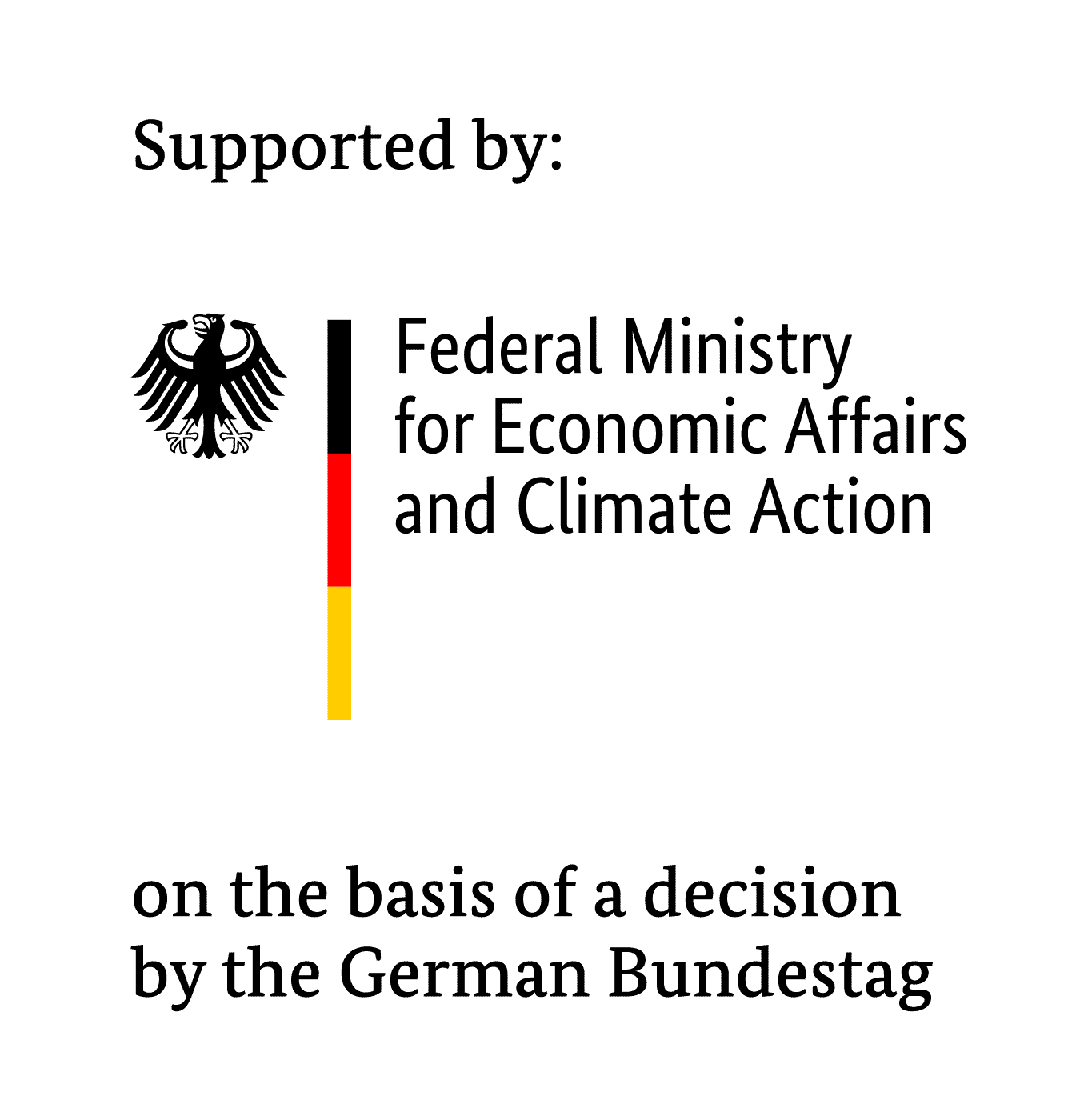Projectname:
Greying of meat and sausage products -impact of the process from feeding over post-slaughter treatment to packaging
Workgroup: Preservation of food quality
Scientific Partners and Guidance:
Fraunhofer-Institut für Verfahrenstechnik und Verpackung IVV; Wolfgang Danzl
IGF: 49 EN
Financing: BMWi
Duration: 2011 – 2013
The market for packed sausage products which are sold in counters is a growing sector in the food industry. Due to the trend of packed sausage goods the consumer is asking for fresh products with high quality, good taste and which are easy to handle. Beside these factors the appearance and especially the colour of the product is the aspect that influences consumer buying decision and affects their perception of the freshness of the product. Knowing the factors that affect colour is important to understand problems when they occur. There are bulks of reasons that may influence the greying process of meat products like animal genotype, age, feeding, slaughtering, processing of meat, ingredients of meat products, packaging and storage. The shelf-life of meat is also influenced by the intrinsic biochemical nature of different muscle types. Many factors for greying of the products are known but there are still some processes not to be analysed. Moreover the interaction of the factors is the most important data which are till today not captured. So greying of sausage products especially for cured boiled sausage and meat products is a problem which applies the whole meat processing industry.
The challenge to understand single greying sausage products can be overcome by knowing all critical aspects concerning greying along the production supply-chain starting from feeding the animals, over slaughtering and processing to packaging and selling. Like this it will be possible to react very fast to quality differences and to find factors influencing the colour.The idea of the project CureColour is to concentrate on every crucial step in the food chain of cured meat products and to analyse their influence on greying of produced meat products. Therefore the project is divided in different work packages which reflect the different interesting production steps:
Animals will be fed with standard fodder and modified fodder with higher Vitamin E content. This higher amount of supplements should be found in the muscles of the animals and therefore in the meat. Possible positive effects for the later produced cured meat products may be higher oxidative stability.Slaughtering of the animals can have a great influence on the meat quality. Especially stress factors can lead to meat defects expressing themselves in higher pH-values or less water binding ability. Therefore these slaughtering factors may also affect the greying of the meat products and are to be investigated during CureColour.The influence of the processing of the meat and the other raw materials to the ready boiled sausages and boiled hams will be investigated in the next WP. Amounts of curing salt (nitrite) and other minor components like spices or herbs may be of influence to the oxidative stability and colour stability of the products. Oxygen can be worked in during meat processing (during bowl cutting) and dissolves especially in the fatty phase of the sausage meat emulsion. Therefore oxygen is to be monitored during processing of meat.Light in the combination of oxygen is the fundamental requirement for the discoloration of cured meat products to start. Therefore these two parameters will be focused in the project during storage tests. Another aspect will also be the temperature dependency of the greying reaction as temperatures may vary in the chilling cabinets of the super markets. At least packaging processes and materials for sliced cured meat products will be investigated. Here the focus will be on oxygen (O2-permeation, O2-migration) and light (transparency).

The IGF project presented here by the Research Association of the Industrial Association for Food Technology and Packaging (IVLV e.V.) is funded by the Federal Ministry for Economic Affairs and Climate Action as part of the program for the promotion of industrial community research (IGF) based on a decision of the German Bundestag.